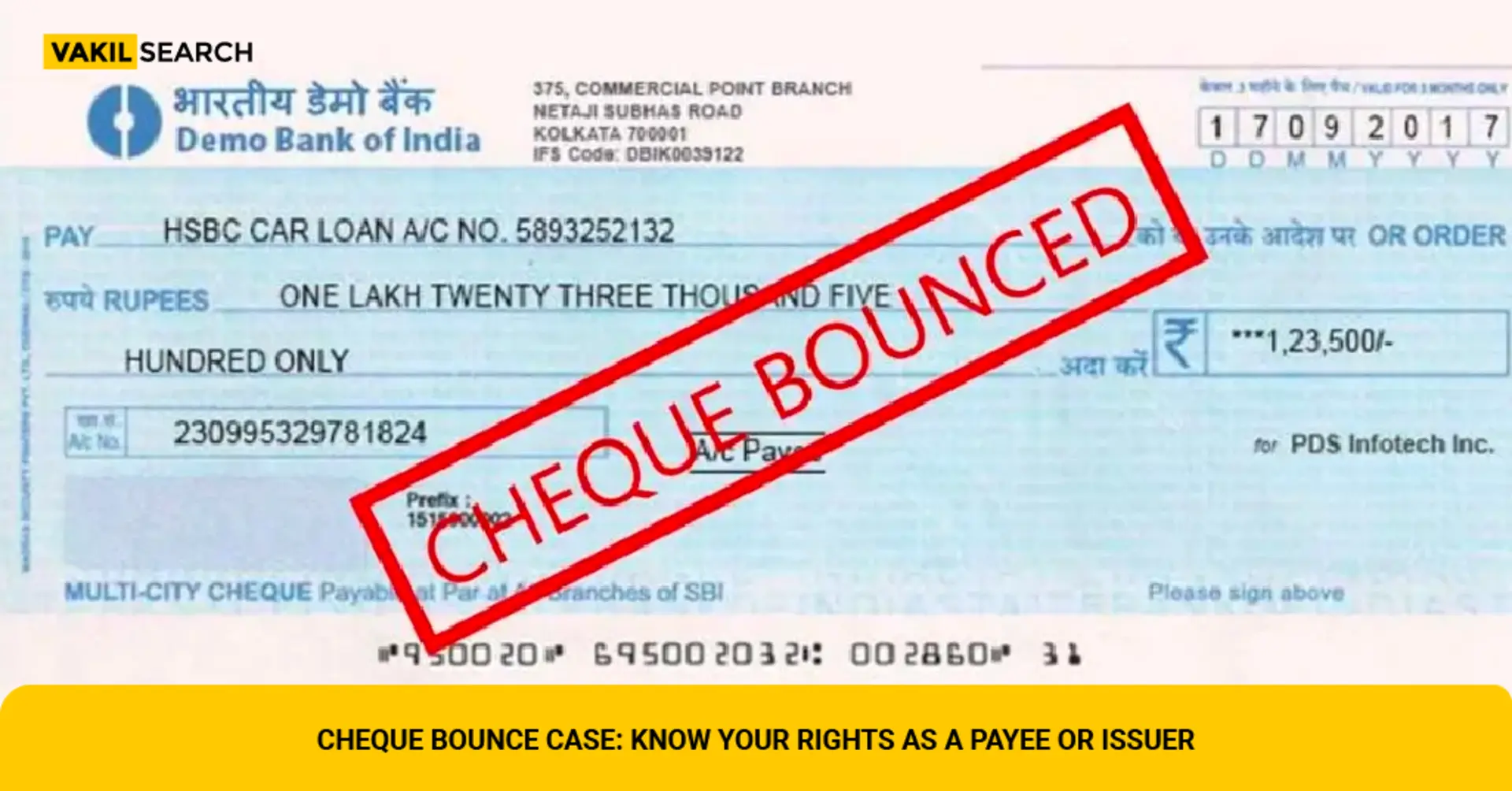
In Haryana, only 800 employees currently benefit from the cashless health scheme, out of the targeted 3.5 lakh regular employees, 3 lakh pensioners, and 20 lakh dependents listed in the scheme. Originally slated to be completed by December 31, the implementation of the plan has been delayed, causing employees to await its initiation even as January comes to an end.
The state-level initiative, announced by Chief Minister Manohar Lal on Haryana Day, aimed to provide cashless health facilities to employees, pensioners, and their dependents in registered hospitals. However, the response from employee associations has been lukewarm.
The scheme also extends its benefits to various categories, including the marginalised sections like Vimukt Ghumantu Jati, beneficiaries of the Chief Minister Parivar Samridhi Yojana, and labourers engaged in construction work. A significant aspect is the inclusion of families of numberdars, chowkidars, ASHA workers, Anganwadi workers, street vendors, rickshaw drivers, and auto drivers in the Ayushman Bharat Yojana, subject to their family income being up to 1.80 lakh per annum and not owning more than 5 acres of land.
Despite the delay, the state government aims to cover 27 lakh families under the scheme, and all beneficiaries will receive cards once linked with the Family Identity Card (PPP). While the scheme has its merits, it has been met with limited enthusiasm from employee organisations, raising questions about its widespread implementation and impact. The delay in execution has left many eagerly awaiting the promised healthcare benefits, and the overall response from the intended beneficiaries remains to be seen.
In a notable inclusion, media professionals in Haryana earning an annual income up to three lakhs will receive free health insurance coverage of up to five lakhs under the state's Cashless Health Scheme. However, those earning over six lakhs annually will have to pay an annual premium of three thousand rupees for the coverage.
The scheme extends beyond media professionals, incorporating various groups like Azad Hind Fauj veterans, individuals who were in jail during the emergency, participants in the Hindi Andolan, and second World War prisoners and their dependents.














